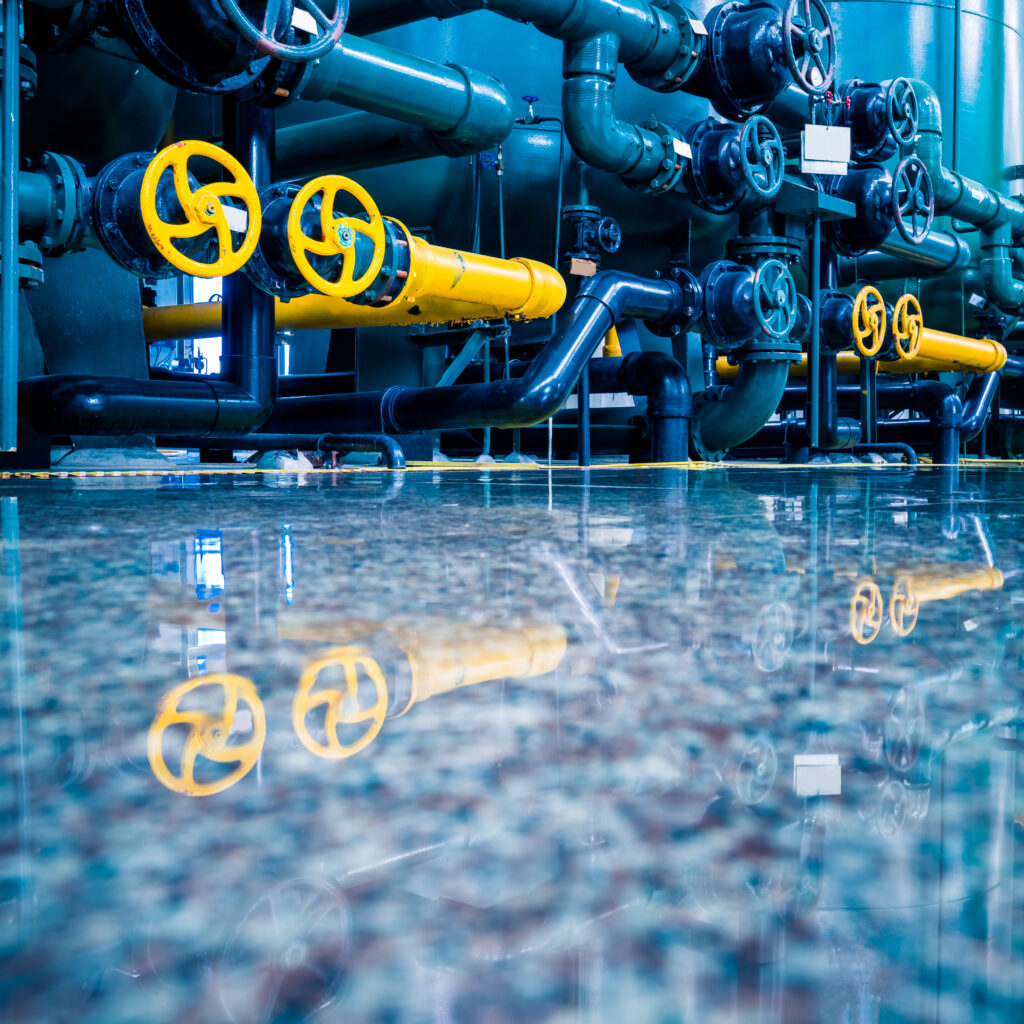Flow measurement is an essential aspect of industrial operations, affecting everything from energy management to quality control. Among the various technologies used, ultrasonic flow meters calibration have gained popularity due to their non-invasive measurement method, high accuracy, and suitability for a wide range of applications. However, like all measurement instruments, they require periodic calibration to ensure accuracy, reliability, and compliance with industry standards.
What is an Ultrasonic Flow Meter?
An ultrasonic flow meter measures the velocity of a fluid (liquid or gas) using the principles of ultrasound. There are two common types: transit-time and Doppler.
- Transit-time flow meters send ultrasonic pulses both upstream and downstream. The time difference between these pulses is used to calculate flow velocity.
- Doppler flow meters measure the frequency shift caused by particles or bubbles in the fluid reflecting the ultrasonic signal.
Ultrasonic flow meters are widely used in water and wastewater management, oil and gas, chemical processing, HVAC systems, and more, thanks to their ability to measure flow without coming into contact with the fluid—making them ideal for sanitary, corrosive, or high-pressure environments.
Why Calibration is Essential
Calibration is the process of comparing a flow meter’s output with a known standard to verify and adjust its accuracy. Over time, factors such as sensor degradation, build-up on pipe walls, changes in fluid properties, and electronic drift can affect a meter’s performance.
Proper calibration ensures:
- Accurate measurement for process control and billing
- Compliance with legal and industry standards
- Long-term reliability of the instrument
- Improved operational efficiency and product quality
For industries where precise flow measurement is critical—such as pharmaceuticals, energy, or food processing—regular calibration of ultrasonic flow meters is not optional; it’s a necessity.
Methods of Calibration
Ultrasonic flow meter calibration can be carried out using several methods depending on the application, required accuracy, and equipment used. Common methods include:
1. Master Meter Method
This method involves comparing the ultrasonic flow meter with a highly accurate and traceable reference (master) flow meter connected in series. Both meters measure the same flow under identical conditions, and the ultrasonic meter is adjusted accordingly.
Advantages:
- High accuracy
- Ideal for field calibration
- Minimal process interruption
2. Gravimetric Method
In the gravimetric method, the fluid is collected in a calibrated tank, and its mass is measured using a high-precision balance. The mass is then used to calculate the actual flow rate.
Advantages:
- Very accurate
- Traceable to national standards
- Suitable for lab or calibration facilities
Disadvantages:
- Time-consuming
- Requires controlled conditions
3. Volumetric Method
In this method, the volume of fluid collected over a known time is measured. It is typically used for lower-accuracy requirements or field applications where high-precision equipment is unavailable.
Advantages:
- Simple setup
- Cost-effective
Disadvantages:
- Less accurate than gravimetric or master meter methods
4. In-situ Calibration
Some advanced ultrasonic flow meters support in-situ calibration using built-in diagnostics, flow simulations, or historical performance data. While not a full replacement for physical calibration, this method is useful for routine checks or when meters are hard to access.
Calibration Frequency
The frequency of calibration depends on several factors:
- Application criticality – high-risk applications may require calibration every 6–12 months.
- Manufacturer recommendations – many suggest calibration intervals based on usage and environment.
- Industry regulations – legal standards or certifications (like ISO, OIML, AGA) may specify required intervals.
- Operating conditions – harsh environments (extreme temperatures, pressure, or corrosive fluids) may degrade sensor performance faster.
Routine calibration should be part of a preventive maintenance program to avoid unexpected failures or costly inaccuracies.
Calibration Standards and Accreditation
For traceability and compliance, calibrations should be performed in accordance with recognized standards such as:
- ISO 17025 – for accredited calibration laboratories
- NIST traceability – ensuring measurements are linked to a national standard
- OIML and AGA guidelines – for flow measurement best practices in different industries
Using accredited calibration services or equipment ensures consistency, traceability, and quality assurance across operations.
Calibration Challenges
Calibrating ultrasonic flow meters can be challenging due to:
- Access limitations (especially for clamp-on meters installed in hard-to-reach locations)
- Variability in fluid properties (e.g., temperature, viscosity, particulate content)
- Installation effects (e.g., pipe bends, valves, or fittings near the sensors can cause turbulence)
Proper installation and maintenance are crucial to minimize errors, and operators should follow the manufacturer’s guidelines strictly.
Conclusion
Ultrasonic flow meters calibration offers numerous advantages in flow measurement: non-intrusive operation, low maintenance, and high precision. However, these benefits can only be fully realized through regular and proper calibration. Whether in a laboratory setting or an industrial plant, ensuring that your ultrasonic flow meters are calibrated according to the right standards and intervals helps maintain process accuracy, comply with regulations, and avoid costly measurement errors.
As industries move toward smarter, more efficient operations, accurate flow measurement remains a cornerstone. And at the heart of accurate measurement lies effective calibration—the key to keeping ultrasonic flow meters performing at their best.


